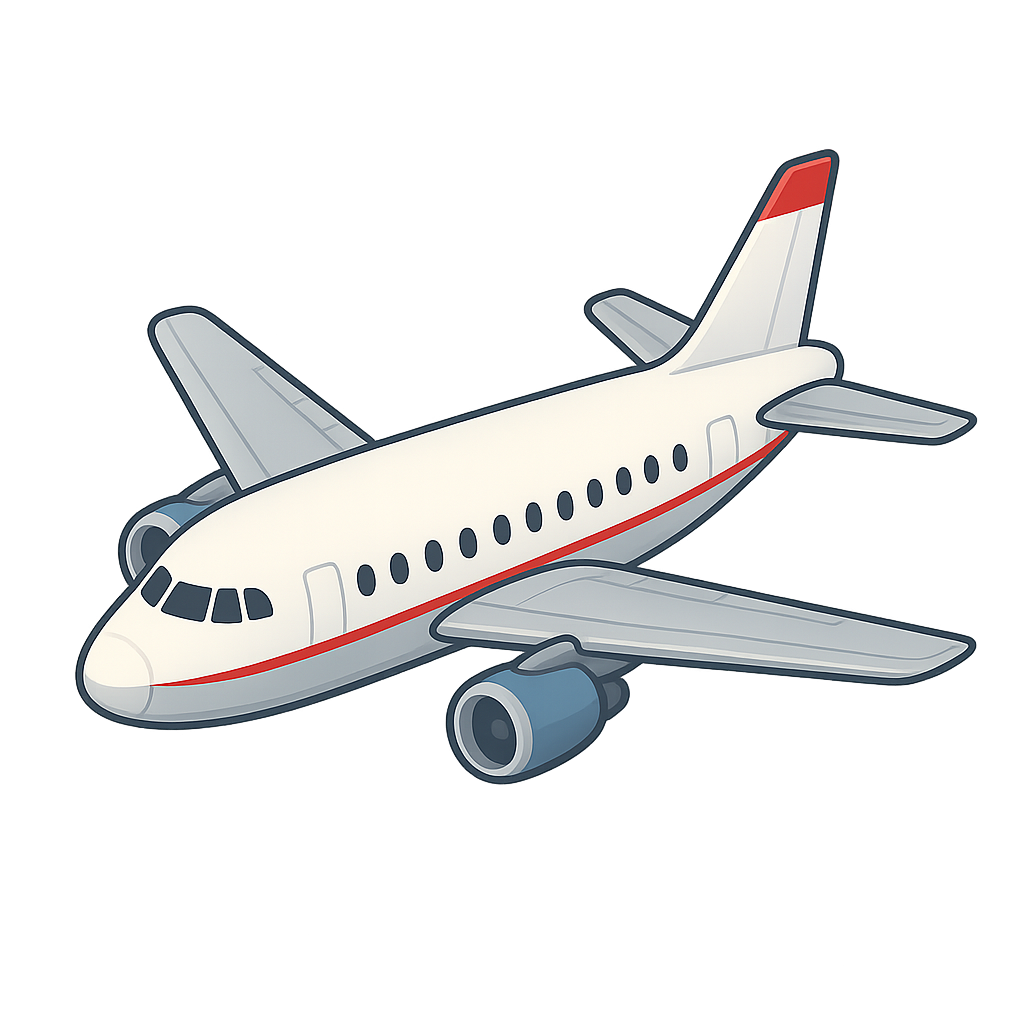The Wright Brothers' Flying Dream
Hello. My name is Wilbur Wright, and I want to tell you about a dream my brother Orville and I shared. We owned a bicycle shop where we spent our days fixing chains and patching tires. But our real love was tinkering. That means we loved to take things apart and put them back together, trying to figure out how they worked and how to make them better. Our biggest dream started with a tiny toy our father gave us when we were boys. It was made of paper, bamboo, and cork, with a rubber band to make its little propellers spin. It would buzz up to the ceiling like a giant bug. Watching that simple toy fly sparked a huge idea in our minds. We wanted to build a real machine, big enough for a person, that could soar through the sky just like a bird. This is the story of how we invented the first airplane.
To build a flying machine, we knew we had to learn from the best flyers of all: the birds. Orville and I would lie in fields for hours, just watching them. We saw how a hawk could glide so smoothly on the wind, and how it twisted the very tips of its wings to turn or to keep its balance. 'That's it,' I told Orville. 'That's how we'll steer.' We called this idea ‘wing-warping,’ which is a fancy way of saying we would twist the wings of our machine to control it. We started by building gliders, which are like airplanes with no engine. We built them in our shop using wood and cloth. Then, we packed them up and traveled to a special place called Kitty Hawk in North Carolina. It was perfect because it had big, sandy hills and lots of wind. We tested our gliders again and again. Sometimes they would soar beautifully, and other times they would tumble and crash into the soft sand. But every single bump and tumble taught us something new. We weren't discouraged. We just went back to our workshop to make our next glider even better.
Finally, after years of hard work, the big day arrived. It was December 17, 1903. The air was cold and windy. Our new machine, the Wright Flyer, was ready. It had an engine this time, one we had built ourselves, and it was very noisy. It sputtered and roared like an angry lion. It was Orville’s turn to fly first. He lay down on the lower wing, and I helped steady the machine as it started to move along its wooden track. Then, something incredible happened. It lifted. For 12 whole seconds, the Flyer was actually flying. It wobbled and dipped, but it was off the ground, flying under its own power. I ran alongside, cheering as loud as I could. It wasn't a long flight, only about the length of a classroom, but it was everything. That little hop proved that humans could fly. That one wonderful flight opened up the whole sky, leading to the amazing airplanes that soar across our world today.
Reading Comprehension Questions
Click to see answer
